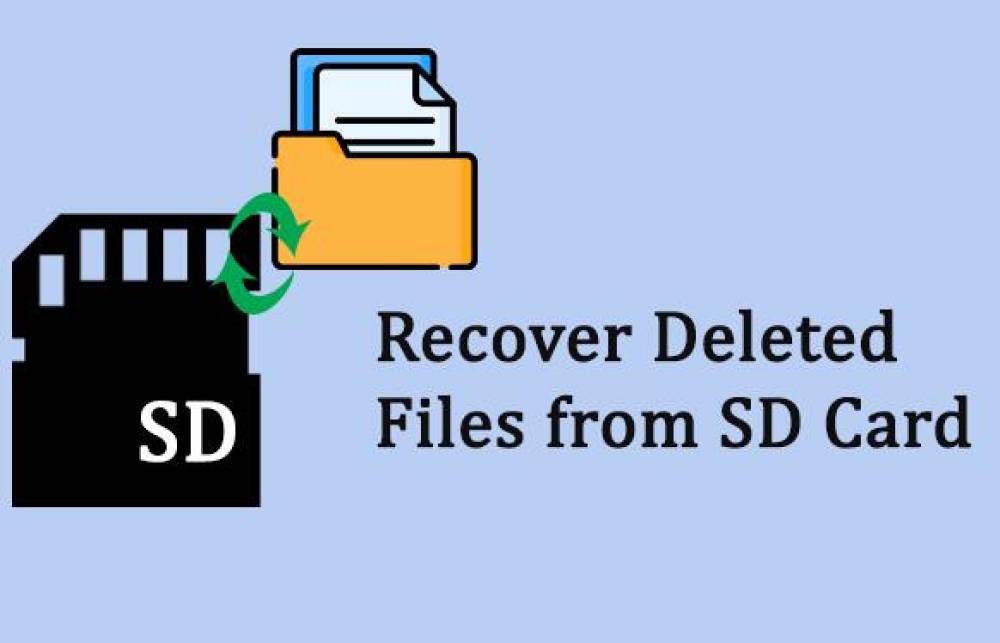Formatting an SD card is an essential process that prepares the storage medium for use in devices like cameras, smartphones, or trail cameras such as those made by SPYPOINT. Proper formatting ensures that the SD card operates efficiently and reduces the likelihood of corruption or data loss. In this guide, we will focus on how to format an SD card specifically for use with SPYPOINT trail cameras. These cameras are popular among outdoor enthusiasts for wildlife tracking, hunting, and security purposes.
Why Format an SD Card for SPYPOINT Cameras?
Formatting clears all data on an SD card and sets it up with the correct file system to work seamlessly with SPYPOINT devices. Here are some key reasons why formatting is necessary:
Avoid File System Issues: SPYPOINT trail cameras require SD cards to be formatted in a specific file system (usually FAT32 for cards up to 32GB or exFAT for cards larger than 32GB). Using an incorrectly formatted card may lead to issues such as the camera not recognizing the card.
Clear Unwanted Data: If you have previously used your SD card in other devices, old data and system files may still exist on the card. Formatting erases everything, ensuring that no unnecessary files are carried over to your camera.
Optimize Performance: Regular formatting can improve the performance of your SD card, making it more reliable and reducing the risk of errors or corruption.

Important Considerations Before Formatting
Before you proceed with formatting, there are several important factors to consider:
Backup Important Data: Formatting erases all data on the SD card, so it’s crucial to back up any files you want to keep.
SD Card Capacity: SPYPOINT cameras support SD cards up to 32GB for most models, but newer models may support larger capacities. Ensure that your SD card is within the recommended capacity.
Use of High-Quality Cards: Not all SD cards are created equal. For optimal performance in a SPYPOINT camera, use Class 10 or UHS-I SD cards from reputable brands. Avoid using low-quality or counterfeit cards, as they can lead to errors.
Check Compatibility: Make sure the SD card is compatible with your specific SPYPOINT camera model. The camera's manual or SPYPOINT’s website can provide guidance on which cards are supported.
Methods for Formatting a SPYPOINT SD Card
There are several methods for formatting an SD card, depending on your preferred device (computer, smartphone, or the SPYPOINT camera itself). Below, we will cover three primary methods: formatting via a SPYPOINT camera, using a computer (Windows and macOS), and using a smartphone.
Method 1: Formatting via SPYPOINT Camera
Some SPYPOINT cameras allow you to format the SD card directly from the camera itself. This is often the simplest method, as it ensures the SD card is formatted to the correct file system.
Insert the SD Card into the Camera: Power off your SPYPOINT camera and insert the SD card into the designated slot.
Turn on the Camera: Power the camera on. Most SPYPOINT cameras will automatically detect if the SD card needs formatting.
Access the Settings Menu: Navigate to the settings menu on the camera. The exact process will vary depending on the camera model, so consult your user manual for detailed instructions.
Select “Format SD Card”: In the settings menu, look for an option that says “Format SD Card” or something similar.
Confirm Formatting: Once selected, the camera will prompt you to confirm the format. Confirm, and the camera will begin the formatting process. This usually only takes a few moments.
After formatting, the SD card will be ready for use with your SPYPOINT camera.
Method 2: Formatting via a Computer (Windows and macOS)
If your SPYPOINT camera does not support in-camera formatting or you prefer using a computer, this method works for both Windows and macOS users.
For Windows Users:
Insert the SD Card into Your Computer: Use an SD card reader to insert the card into your computer. Make sure it is detected by your operating system.
Open “This PC”: Open File Explorer and navigate to “This PC.” Here, you’ll see a list of drives, including your SD card.
Right-Click the SD Card: Right-click on the SD card drive, and from the context menu, select “Format.”
Choose the File System: In the format dialog box, select the file system. Choose “FAT32” for cards up to 32GB or “exFAT” for cards larger than 32GB. Make sure the “Quick Format” option is checked.
Start Formatting: Click “Start” to begin the formatting process. Once completed, the SD card will be ready for use.
For macOS Users:
Insert the SD Card: Insert the SD card using an SD card reader.
Open Disk Utility: Go to “Applications” > “Utilities” > “Disk Utility.”
Select the SD Card: In Disk Utility, select your SD card from the list on the left.
Choose “Erase”: Click the “Erase” button at the top of the window.
Select File System: In the erase dialog, choose “MS-DOS (FAT)” for cards up to 32GB or “ExFAT” for cards larger than 32GB.
Erase: Click “Erase” to format the card. The process will take a few moments, and once completed, the SD card will be ready for use.
Method 3: Formatting via a Smartphone
If you don’t have access to a computer or the camera’s formatting feature, you can format your SD card using a smartphone, provided your phone has an SD card slot or you have a USB OTG (On-The-Go) adapter.
For Android Users:
Insert the SD Card: Insert the SD card into your Android phone or use an OTG adapter.
Open “Settings”: Go to your phone’s settings menu.
Navigate to “Storage”: In the settings menu, find the “Storage” option.
Select the SD Card: Under the storage options, select your SD card.
Tap “Format”: Select the option to format the SD card and confirm. The phone will format the card and prepare it for use.
For iPhone Users:
iPhones do not have a native SD card slot. However, you can use a third-party app and an SD card reader connected via the Lightning port. Follow the app’s instructions to format the SD card.
Troubleshooting Common Issues
SD Card Not Recognized: If your SPYPOINT camera does not recognize the SD card, try reformatting it using a computer or ensure that the card is compatible with your camera model.
Corrupted SD Card: If you encounter repeated corruption issues, consider replacing the SD card with a higher-quality card.
Camera Errors After Formatting: If your camera displays errors after formatting the SD card, verify that you selected the correct file system (FAT32 or exFAT) and that the SD card is functioning properly.
Properly formatting an SD card is crucial for the optimal performance of SPYPOINT trail cameras. By following the steps outlined above, you can ensure that your SD card is correctly formatted, reducing the risk of errors and improving your camera’s performance. Whether you choose to format the card directly through the SPYPOINT camera, on a computer, or using a smartphone, the process is straightforward and essential for maintaining your equipment in peak condition. Always remember to back up any important data before formatting, and regularly check your SD card’s health to prevent data loss in the field.




